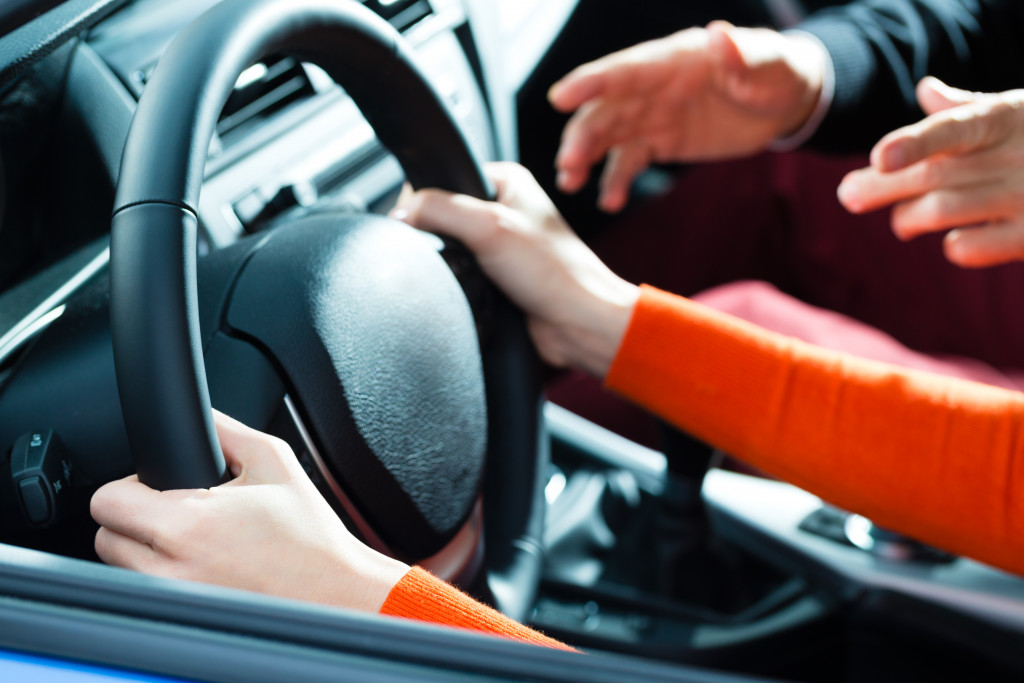Driving can be a dangerous activity. The National Safety Council estimates that more than 42,000 people died in car crashes in the United States in 2020. Data from January to June 2021, shows that more than 21,400 people had died from car crashes in the first half of the year alone.
The good news is that you are not helpless to prevent or reduce these numbers. There are many ways you can keep yourself safe on the road. Read on for 18 expert tips from car safety experts across America.
1. Always wear your seat belt.
This is the most important thing you can do to stay safe in a car. Seat belts save lives, and they are required by law in many states.
2. Don’t drive under the influence.
Drinking then driving is one of the most dangerous things you can do on the road. If you’ve been drinking, call a cab or Uber to get home safely.
3. Don’t drive if you are tired.
Drowsy driving is just as dangerous as driving under the influence of liquor. In fact, it’s responsible for about 100,000 crashes every year! Get plenty of sleep before hitting the road, and take breaks to eat and stretch your legs every few hours.
4. Don’t text and drive.
Texting while driving is incredibly dangerous- it’s like driving while blindfolded. Put your phone away and focus on the road.
5. Avoid distractions while driving.
Cell phones, loud music, and eating can all take your focus off the road and lead to accidents. Put away your phone and pull over to eat or drink something.

6. Don’t drive if you’re angry or upset.
When you’re angry or frustrated, it can be hard to focus on the road. This leads us to rash decisions and accidents so take a break from driving until your emotions have had time for themselves!
7. Be alert at all times.
Don’t daydream or let your mind wander while you’re driving. You need to be fully focused on the task at hand and fully aware of your surroundings.
8. Drive the speed limit.
Speeding is one of the leading causes of accidents, and it’s simply not worth the risk. Obey posted speed limits and drive slower if necessary in bad weather or poor visibility.
9. Don’t tailgate.
Tailgating, or following too closely behind another car, is dangerous because it doesn’t give you enough time to respond to a sudden stop or slowdown of the car in front of you. Maintain a safe following distance from the car in front of you. Get a dashcam installation so that you can have video evidence if you get into an accident.
10. Use your turn signals.
Turn signals are there for a reason- they let other drivers know what you’re about to do so that they can adjust accordingly. Be sure to use them whenever you change lanes or turn.
11. Check your blind spots.
Your mirrors are your lifeline to what’s happening around you, so check them frequently to see if anything has changed.
Before you change lanes, be sure to check your mirrors and look over your shoulder to make sure there are no cars in your blind spot.
12. Beware of large trucks.
Trucks can be dangerous to drive around because they have blind spots and they take up more space on the road. Be sure to give them plenty of room, and avoid passing them on tight roads or in busy areas.
13. Be extra cautious in bad weather.
Rain, snow, and ice can make even the simplest drive treacherous. Take your time and don’t take unnecessary risks when the weather is bad.
14. Watch for pedestrians and cyclists.
Pedestrians have the right of way in crosswalks and intersections, so be sure to yield to them. This is especially important in areas where there are a lot of pedestrians, such as near schools or parks.
Cyclists are more vulnerable on the road than cars, so be extra cautious when driving near them. Give them plenty of space and don’t try to pass them too closely.
15. Watch for animals.
Animals can dart out into the road unexpectedly, so always be on the lookout for them, especially at dawn and dusk when they are most active. Slow down and use caution if you see an animal on or near the road.
16. Be aware of construction zones.
Construction zones are often dangerous for drivers and workers alike. Slow down and pay attention to the signs and workers in the area.
17. Keep your car in good condition.
Make sure your tires are properly inflated, your brakes are working properly, and your lights are clean and bright. This will help you avoid accidents and breakdowns.
18. Be courteous to other drivers.
Driving is stressful enough without having to deal with rude drivers. Do your part to make the roads a little friendlier by being courteous to other drivers, even if they aren’t courteous back.
Following these tips can help you stay safe on the road and avoid accidents. Just remember to always drive carefully and never take unnecessary risks- it’s not worth it.
